Dry Socket
Dry socket or alveolar osteitis is a complication that may develop after extracting a tooth. It affects 2-5% of all patients and can be very unpleasant. Luckily, this complication is easily treated.
A dry socket is a hole in the bone from where the tooth has been extracted. After the extraction of a tooth blood collects in that hole and forms a clot. The role of the clot is to prevent damage to the underlying bone and nerves. The clot can dissolve or dislocate a few days after the extraction.
This way, the underlying nerves become exposed to all the environmental changes, air, food, and fluids. The exposure can consequently lead to infection, and the patient may suffer from intensive pain.

Some people are more susceptible to dry sockets compared to the general population. They include heavy smokers, those with poor hygiene, people who have had their wisdom teeth removed, people who have undergone serious trauma during tooth extraction, women who are taking birth control pills, and people who have already suffered from dry sockets.
Additionally, patients who rinse and spit too much after the tooth extraction, as well as those who drink through a straw, are at higher risk of developing dry sockets.
Symptoms of Dry Socket
The person can see a deep space in the gums where the tooth has been extracted. Even the bone can be visible. The onset of painful sensations is connected to the second day after the extraction. The pain gradually intensifies and can spread to the ear. Additionally, a person may complain about bad breath and changes in taste.
Treatment for Dry Socket
Pain management is perfectly achieved by non-steroidal anti-inflammatory drugs such as ibuprofen or Aspirin. If over-the-counter medications cannot help with the pain the doctor may prescribe some other medications which are stronger and actually can alleviate the pain.
The dentist will clean the hole and remove any remnant debris. Then he/she will fill the hole with gauze or a special paste to accelerate the process of healing. The dressing needs to be changed every day. This is performed until the wound starts to heal and the pain decreases.
In some cases, the patients are given antibiotics to prevent possible infections. The maintenance of proper oral hygiene is essential and the dentist can even suggest rinsing with salt water and special mouthwash. The healing will take approximately two weeks.
Dry sockets can be easily prevented in certain people. One should stop smoking before the extraction of a tooth. Women who are on the birth control pill should have the extraction the day they are on the lowest dose of estrogen.
Heavy rinsing and drinking through a straw should be avoided. And the patient needs to report if he/she is taking any medications that can interfere with the normal process of coagulation.
- Four databases (PubMed, Science Direct, Scopus and Medline) were searched from April 2000 till April 2020 for articles featuring the key words: ‘dry socket’, OR ‘alveolar osteitis’, OR ‘post-extraction complication’, OR ‘treatment of dry socket’, OR ‘treatment of alveolar osteitis’, OR ‘treatment of pain following tooth extraction’. The Standard Reporting Items for Systematic Reviews and Meta-Analysis (PRISMA) were adopted for data gathering.
- A total of 3,857 results were found and 17 articles were finally selected and reviewed thoroughly. Treatment initiatives were categorized into empirical approach, conventional approach and regenerative strategies. 19 treatment products were identified. Earlier therapeutic approaches focus on pain control, infection prevention and resolving inflammation while current strategies modulate angiogenesis and granulation tissue formation.
- These latter armamentariums use blood-based products such as Platelet-Rich Plasma; employing laser and ultrasound technology that initiate and propagate tissue regeneration.
- www.nhs.uk/conditions/wisdom-tooth-removal/complications/
- medlineplus.gov/ency/patientinstructions/000780.htm
- Photo courtesy of James Heilman, MD by Wikimedia Commons: commons.wikimedia.org/wiki/File:DrySocket.JPG


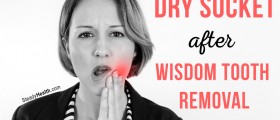

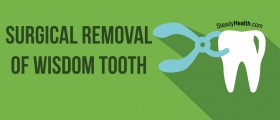

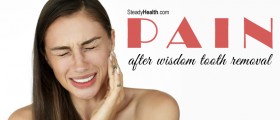

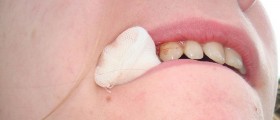
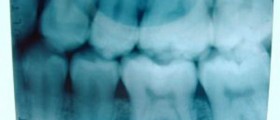



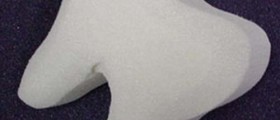
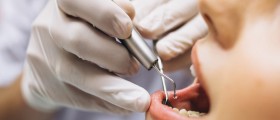


Your thoughts on this
Loading...